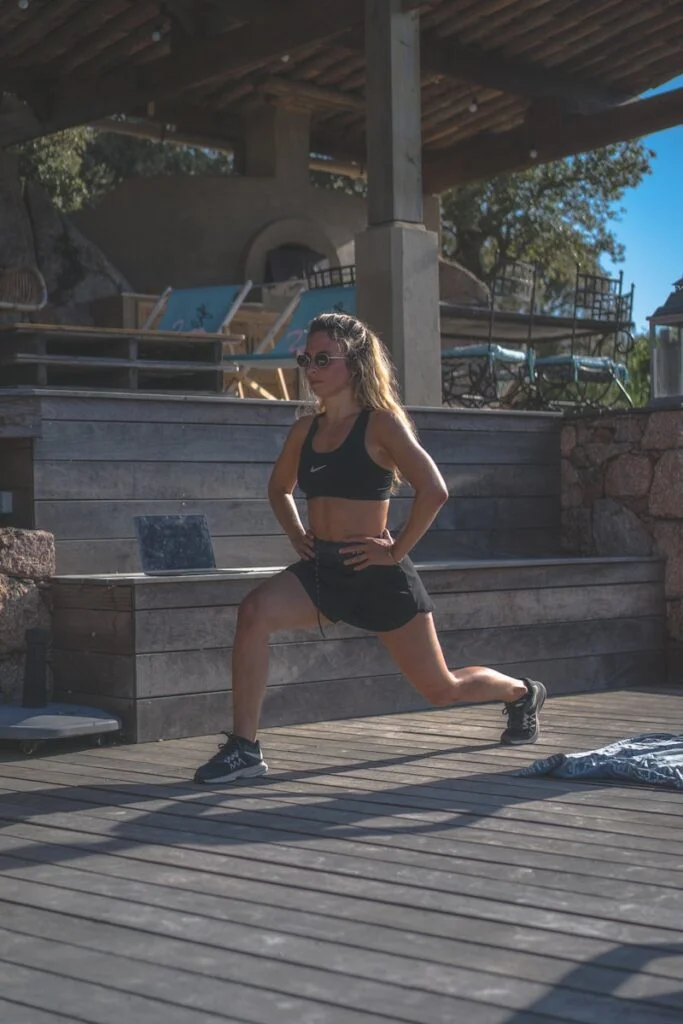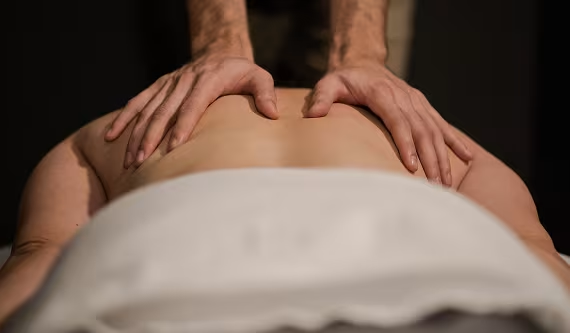On Guard: Staying Strong in Fencing
Fencing is a sport that blends precision, strategy, and physical endurance. The explosive lunges, quick retreats, and sharp parries make it an exciting way to stay active, but these same movements also increase the risk of fencing injuries. Many athletes wonder, is fencing dangerous? While fencing is one of the safest combat sports, improper conditioning or recovery can raise the risk of strains, sprains, and overuse injuries. Learning how to relax muscles when fencing and adopting structured recovery routines will help you stay competitive and pain-free.
Understanding the Muscles Behind Every Lunge
The power behind every fencing move comes from the legs and core. Quadriceps, hamstrings, and glutes drive each lunge and retreat, while calves absorb the constant impact of quick directional changes. The core muscles stabilize your body, and the shoulders, wrists, and forearms control precise blade movements. When these muscles are overloaded or fatigued, injuries are more likely. Lower-body strains in the knees and ankles are most common, while repetitive overhead motions can cause shoulder or wrist pain. Back tension is also frequent when core strength and balance are lacking.

Why Fencing Injuries Happen
Fencing relies on one-sided, repetitive movements. The front leg takes the brunt of each lunge, and the dominant arm handles nearly all weapon control. Over time, this creates muscular imbalances. Training too intensely without sufficient rest increases fatigue, and once muscles tire, joints absorb more impact. Overuse injuries develop gradually, often showing up as persistent calf tightness, hamstring pain, or wrist stiffness. These small warning signs, if ignored, can lead to more serious setbacks.
Building Strength and Flexibility
Preventing injuries starts with developing a strong, flexible body. Strengthening key muscles provides stability, while stretching improves range of motion. Fencers benefit most from exercises that mirror the explosive, controlled movements of competition.
Key strategies include:
- Lower-body training with squats and lunges to build power in the legs.
- Calf strengthening through raises to protect against repetitive footwork stress.
- Core stability with planks and rotational exercises to support balance.
- Flexibility work through dynamic stretches before practice and deeper static stretches afterward.
When strength and flexibility are balanced, fencers build resilience and reduce the risk of recurring strains.
Recovery as Part of Training
Recovery is not downtime—it’s training in disguise. Muscles need time and support to repair after intense fencing sessions. Foam rolling and gentle stretching reduce tightness, while proper sleep and hydration fuel the healing process. Nutrition also plays a critical role by supplying the body with protein and energy for repair. Many fencers in Edmonton and Sherwood Park add massage therapy to their recovery plan, finding that it speeds healing, prevents stiffness, and supports long-term performance.
How to Relax Muscles When Fencing
Relaxation techniques are often overlooked, yet they directly influence performance and injury prevention. When fencers remain tense, movements become stiff and inefficient, raising the risk of strains. Practicing ways to release tension keeps the body agile.
Simple techniques include:
- Progressive muscle release, tensing and releasing individual muscle groups such as shoulders or calves.
- Deep breathing exercises that calm the nervous system and reduce tension during matches.
- Quick resets like rolling the shoulders or shaking out the wrists between bouts to keep muscles fluid.
Incorporating these methods helps athletes stay sharp under pressure while reducing the risk of injury.
A Local Story of Recovery
One competitive fencer from Sherwood Park struggled with recurring knee pain after months of high-intensity training. Instead of quitting, they adjusted their approach. By adding single-leg strength exercises, practicing mindful breathing to manage tension, and receiving regular sport massage, they regained balance and reduced discomfort. Within weeks, they were back in competition without pain. This story highlights the importance of combining training, relaxation, and professional care.
Professional Support for Fencing Injuries
Athletes who push themselves often need more than rest alone to recover fully. Athlete’s Choice Massage offers treatments tailored to fencing demands. Deep-tissue massage helps release tightness in overworked muscles, while sport massage supports recovery before and after competition. Both treatments reduce soreness, improve flexibility, and prevent minor issues from becoming serious setbacks.
Convenient locations make access simple, whether you train in the city or nearby:
Regain Your Edge
Fencing is about quick decisions, sharp movements, and staying one step ahead. To perform at your best, your body needs to remain strong, flexible, and well-rested. Understanding why fencing injuries occur, practicing prevention strategies, and learning how to relax muscles when fencing will keep you healthier and more confident. With recovery services like deep-tissue and sport massage, you can train harder, recover faster, and return to the strip ready to compete.




